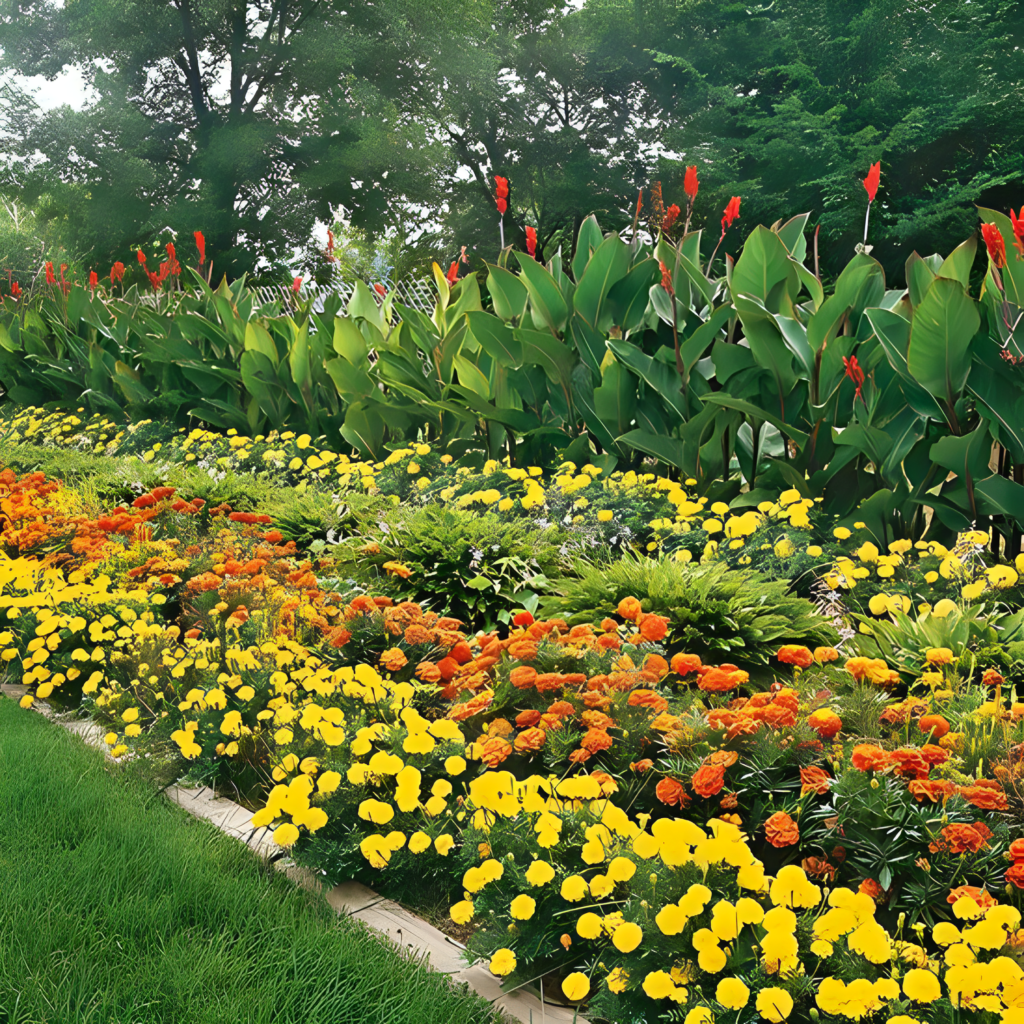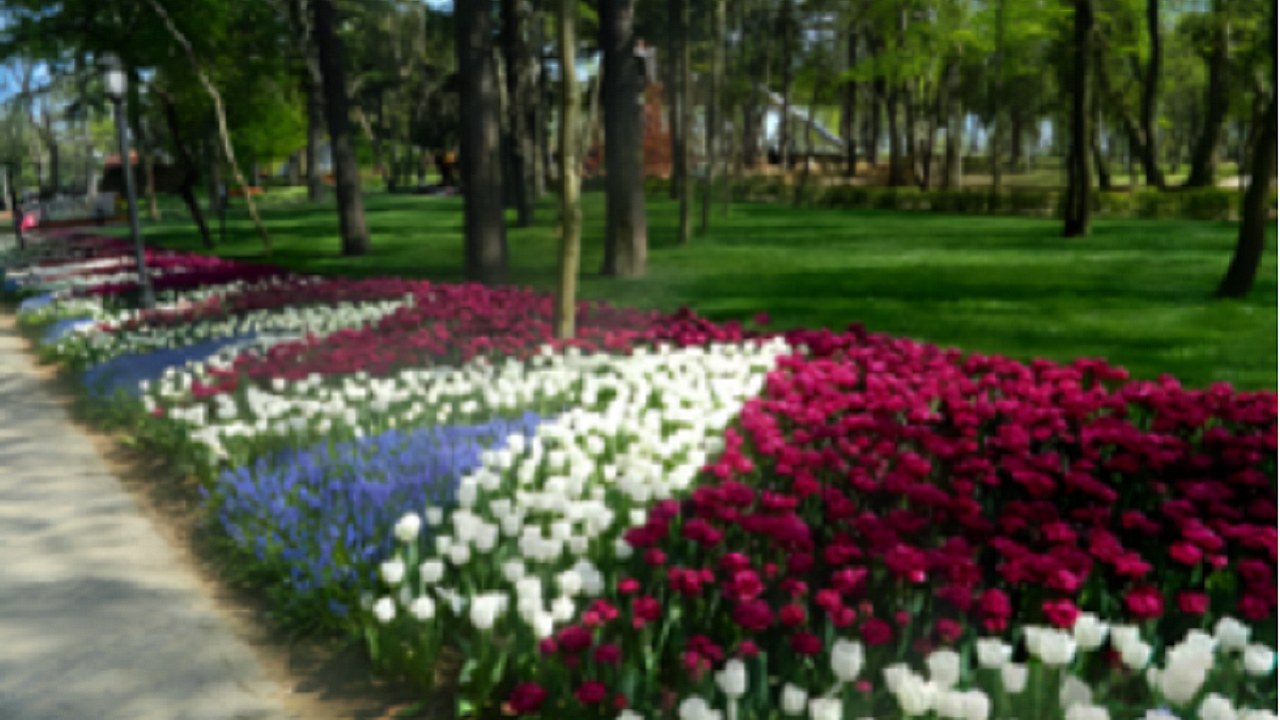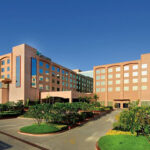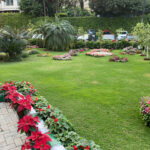SEASONAL PLANTS
Plants that develop and flower during a specific season are known as seasonal plants. If this plant is grown in the wrong season, it becomes stunted and more susceptible to illness. The following five seasonal plants are significant: chamomile, ginger, ginkgo, fennel, and peppermint.
Plants that develop and flower during a specific season are known as seasonal plants. Because they only have a single year of life, they are also known as annuals. In a single growing season, seasonal plants go from germination to seed production and eventually perish.
Plants that are seasonal are distinguished by
Blooming and growing during a specific season
Blooming for two to four months once a year.
HERE ARE SOME SUGGESTIONS FOR SEASONAL PLANTS
Fertilizing
Add fertilizer to the soil mix when planting, close to the plant’s roots. Fertilizer provides nutrients over many months, improving plant growth.
Pruning
Remove old growth from plants to help them grow again.
Pruning unwanted leaves and foliage ensures more water retention.
Avoiding fertilizer in the winter
Applying fertilizer in the winter can harm plants by causing fertilizer burn.
Avoiding too much heat
Avoid putting plants by heaters or fireplaces where they may dry out. Use a plant stand instead
Preventing excessive heat
Plants should not be placed near fires or heaters where they could dry out. Instead, use a plant stand.
Maintaining Garden Tools
Before and after usage, clean and sanitize weeding and pruning implements.
Chopping wood
Around the base of your plants, apply a layer of organic mulch, such as wood chips or straw. Mulching inhibits the growth of weeds, stops erosion brought on by heavy rains, and helps the soil retain moisture.

Benefits of Perennials
Choosing the right plants for your space can be as fun as it is challenging. There are so many factors to consider, but the first decision to make is whether perennials are the right choice for you.
Principal plant species
Though gardening enthusiasts will be quick to point out that there are some plants, termed biennials, that are outliers and last two years, there are two main categories of garden and flowerbed plants: annuals and perennials. Annuals finish growing and developing in a single year. On the other side, perennials have a long lifespan. The roots persist and yield a new crop the next year after flowering and dying back.
Less annual maintenance
One of the biggest advantages of perennial plants is that they don’t need to be replanted every year. Gardeners can save time and energy by not clearing flowerbeds of last year’s plants, sowing seeds, and composting and mulching an area every year. Plus, once perennials are established, they generally need less care as their root systems are able to give them the nutrients they need.
Soil Organization
Perennials’ root systems contribute to the improvement of soil structure since they stay in the soil for several years. The soil becomes more aerated and water-traversing channels are formed as they grow and spread their roots. This facilitates the perennial plants’ access to water and oxygen, as well as those of other nearby plants.
Nutrients
Perennials have a deeper root system than annual plants and are able to reach nutrients that are further down in the soil. They bring those nutrients to the surface where other plants are able to access them. Nitrogen, for example, is a particularly useful element for plant growth that perennials help draw upwards.
Halite
Perennials’ root systems extract water from lower in the soil profile, just way they do nutrients. Once more, other plants with shallower root systems can get this moisture. Additionally, it aids in keeping the soil from drying out and becoming prone to erosion.
Wrap up
Many perennials keep their foliage as they die back. This forms a soil cover that keeps the moisture in the soil from evaporating due to solar radiation, much like a cover crop. In addition, it guards against wind and rainfall erosion and supports a robust soil structure.
Transmission
Though tragically, perennials do not endure forever despite their extended lifespan. Fortunately, splitting the plant’s root structure makes it simple to multiply a lot of perennials. To create new plants, portions of the root clump are carefully split and then transplanted.
Variety
With a little bit of planning, it is possible to stagger the blooming of your garden. Annuals tend to all bloom in the same period, but with perennials, you can get blooming flowers from early spring up to the first frost.
CONCLUSION
If you’re looking for a knowledgeable and reliable landscape business to improve the appearance and value of your property, look no further than us. Our landscaping services include the following:
Design and implementation of hardscapes, lighting, irrigation systems, plants, trees, and flowers, among other landscape components.
Upkeep involves attention to an established landscape, encompassing tasks like mulching, weeding, fertilizing, and mowing.
Seasonal services such as clean-ups in the spring and fall, snow removal, and leaf raking.
We are prepared to handle projects of any size and kind in the commercial sector, from hotels and schools to office complexes and retail centers. We work with you to understand your needs, budget, and objectives so that we can deliver outcomes that exceed your expectations.
https://www.youtube.com/shorts/T4vpEGyN1as







